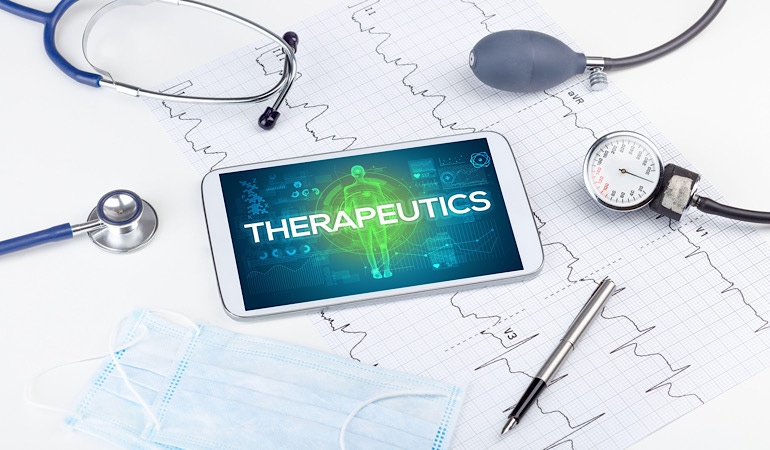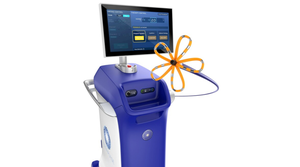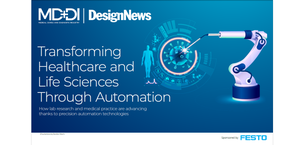A BTIG analyst notes that Pear’s authorized products and expanded payor coverage give it an advantage in the prescription digital therapeutic market.
January 3, 2022

Prescription Digital Therapeutics is shaping up to be the next big “thing” in the medtech industry. Pear Therapeutics, a company that went public through a Special Purpose Acquisition Corporation merger last year, is at the top of the list of companies in the PDT market, according to analysts of the space.
Marie Thibault, an analyst with BTIG and former managing editor of MD+DI, wrote, “Pear is a trailblazer in prescription digital therapeutics (PDTs), with three commercial, FDA-authorized products, expanding payor coverage, and a long product pipeline.”
Boston, MA-based Pear, was founded in 2013, and has developed PDT’s aimed at treating substance use disorder, opioid use disorder, and chronic insomnia.
Pear’s reSET is cleared for use as an adjuvant to standard outpatient therapy to treat patients with substance use disorder for stimulants, cannabis, cocaine, and alcohol. reSET-O, is used to help those with opioid use disorder stay in recovery programs. Pear’s Somryst PDT is for the treatment of chronic insomnia.
Thibault wrote, “Pear has a head start on a regulatory, commercial, and operational basis, with its PearCreate and PearConnect platforms intended to rapidly iterate and distribute new PDTs. We think PEAR’s leadership, its ability to offer multiple PDTs of its own, and eventually host other PDTs, give the company an advantage.”
Unlike traditional medicines, PDTs are software applications and are designed to collect real-world data for use by prescribing clinicians and by payors and health systems for population health management.
The space grew significantly during the pandemic era. According to a report from Research and Markets, the global digital therapeutics market grew from $3.53 billion in 2020 to $4.20 billion in 2021 at a compound annual growth rate (CAGR) of 19%. The market is expected to reach $10.62 billion in 2025 at a CAGR of 26.1%.
When looking at the space it can be argued that Mountain View, CA-based Livongo made a huge impact when it was acquired by Teladoc for $18.5 billion. The acquisition was one of the largest medtech deals of 2020. Livongo has developed a data-based health coaching program that enables people with diabetes to share blood glucose records with Certified Diabetes Educators.
Better Therapeutics had a few milestones in 2021 – the company went public through a SPAC and completed enrollment for its pivotal study to evaluate its prescription digital therapeutic.
Happify Health kept the space hot in the summer of 2021 when it launched the Ensemble PDT for the treatment of patients who have Major Depressive Disorder or Generalized Anxiety Disorder. The PDT is accessible through smartphones or computers and teaches patients new skills and habits to take control of their anxiety and depression.
Thibault wrote, “There are clear advantages to PDTs, including few significant side effects, reduced barriers to treatment, access at any time via consumer technology, increased insight for clinicians, and lower costs. The PDT field is still maturing and risks include unknowns like the rate of commercial adoption, increasing payor coverage, and long-term clinical and health economic findings. Still, we believe the appeal and promise of the PDT industry is too important to dismiss and we believe Pear is one of the best-positioned companies in the space.”
About the Author(s)
You May Also Like




